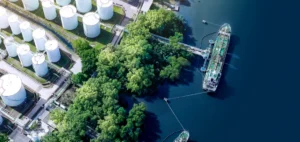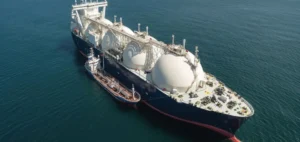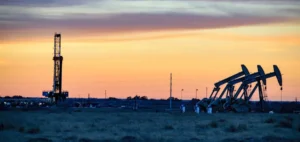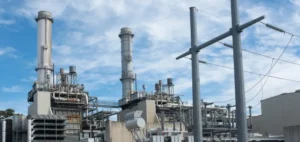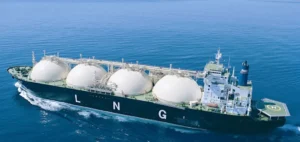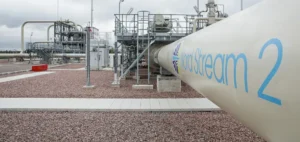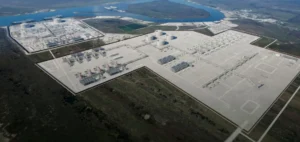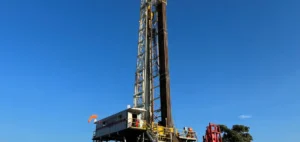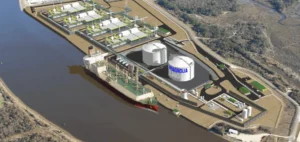Gas prices have been falling for several months in Europe, moving away from their record highs at the start of the war in Ukraine, but this decline is not expected to be reflected for months on bills or inflation.
The war in Ukraine propelled the TTF futures contract, the European gas benchmark on the financial markets, to an all-time high in March, days after the start of the Russian invasion of Ukraine, at 345 euros per megawatt hour. British gas had also hit its record price, at 800 pence per thermie (a unit of heat quantity).
After falling back, they again approached their record highs in August in the wake of the announcement of the suspension of Russian supplies via the Nord Stream 1 gas pipeline.
Since then, the price of TTF has fallen by more than 66% and that of British gas by some 57%.
Electricity prices experienced the same crazy surge at the end of August, with the contract for delivery at the beginning of 2023 in Germany, which serves as a reference in Europe, exceeding 1,000 euros per MWh, an unprecedented level.
In contrast to gas, the price of electricity has risen by almost 175% since the beginning of the year and energy bills have soared: for example, they have doubled over one year in the UK.
Offset
In this country, household energy tariffs are regulated by the sectoral authority Ofgem and reflect market price changes but with a time lag, as they are only re-evaluated every three to six months.
Moreover, even if bills are increasingly high, they are still largely mitigated in several European countries by substantial government aid, which also contributes to disconnecting energy prices and market rates.
Bills are currently capped at £2,500 per average household per year in the UK, for example, from October 1 until April.
This represents an 80% increase over the prices in effect this summer, but without government subsidies, this regulated rate would have reached some 3,500 pounds, according to analysts, and probably even more in January.
Energy support measures have been taken in other European countries, notably in France, where they concern households as well as companies and communities, and in Germany, which announced a massive 200 billion euro plan at the end of September.
“This means that the exorbitant prices we have seen over the past 3-6 months (in the markets) have not yet been fully reflected” in electricity prices for consumers, summarizes Marex analyst Georgi Slavov.
Moreover, current regulated tariffs are only capped until April in the UK and are expected to rise thereafter, until at least next summer, warns Paul Dales, an economist at Capital Economics.
Guaranteed price
As for the energy companies that buy electricity on the markets, they also rarely pay the spot price, because they smooth out their costs with forward contracts, which guarantee them a given price for a certain period of time – a kind of price insurance.
But on the other hand, when prices drop, it is no longer possible to take advantage of them until it is time to buy back contracts.
Airlines also buy the fuel they need on a forward contract basis, says independent analyst Howard Wheeldon.
“The price for consumers will remain high for some time to come,” he continued.
According to Paul Dales, inflation in the UK, which stands at around 10%, is not expected to fall much from this level until July.
Gas or electricity prices could rebound furiously during the winter if temperatures, which have so far been mild, plunge, or if a new geopolitical event occurs that restricts supply.
Not to mention a possible upturn in China’s economy, and therefore its demand for liquefied natural gas, if the country ends its zero Covid policy with its business-undermining containments.





